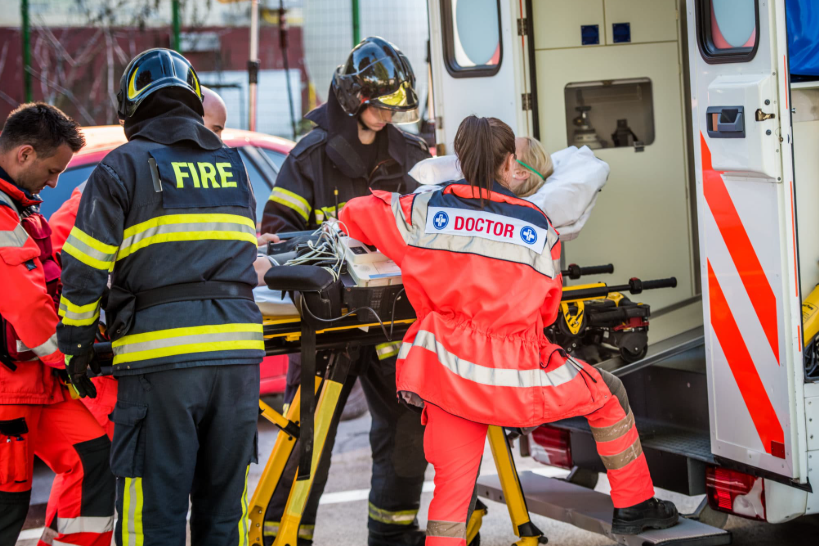
Emergency ambulance: Critical Role in Healthcare Services
Introduction to emergency ambulance
In the realm of healthcare and emergency response, the emergency ambulance serves as an indispensable asset. These specialized vehicles provide rapid transportation and essential medical care to patients during critical situations. Whether responding to accidents, sudden illnesses, or natural disasters, emergency ambulance services can make the difference between life and death.
Types of emergency ambulance services
Emergency ambulance services vary depending on the level of care provided and the purpose of transportation. Common types include:
- Basic Life Support (BLS) ambulances: Equipped to provide essential care and transportation for patients requiring monitoring and basic interventions.
- Advanced Life Support (ALS) ambulances: Staffed with paramedics capable of delivering advanced medical procedures such as cardiac monitoring, drug administration, and airway management.
- Neonatal and pediatric ambulances: Specialized units designed to handle newborns and children with appropriate equipment and trained staff.
Understanding the different types helps in selecting the right emergency ambulance service tailored to patient needs.
Essential equipment in an emergency ambulance
An emergency ambulance is outfitted with a variety of medical devices to stabilize and monitor patients en route to hospitals. Key equipment includes:
- Oxygen delivery systems
- Cardiac monitors and defibrillators
- Intravenous therapy supplies
- Immobilization devices such as spinal boards and cervical collars
- Medications for pain management and emergency interventions
Ensuring the ambulance is well-equipped is vital for providing effective pre-hospital care.
See also: How Long Do Bed Bug Bites Last? Healing Timeline
Importance of trained personnel in emergency ambulance services
The quality of care delivered by an emergency ambulance depends largely on the training and expertise of its personnel. Paramedics emergency ambulance and emergency medical technicians (EMTs) undergo rigorous training to perform life-saving interventions under pressure. Their skills include patient assessment, emergency airway management, trauma care, and administering medications. Continuous education ensures they stay updated with the latest medical protocols.
Role of emergency ambulance in the healthcare system
Emergency ambulance services act as the first point of contact in many medical emergencies. Their timely arrival and skilled care can significantly improve patient outcomes by:
- Providing immediate medical attention at the scene
- Ensuring safe and rapid transportation to appropriate healthcare facilities
- Communicating patient information to hospital staff for preparedness
These functions help reduce mortality and morbidity in critical cases.
Challenges faced by emergency ambulance services
Despite their crucial role, emergency ambulance services face various challenges such as:
- Traffic congestion causing delays in response times
- Limited availability in rural or remote areas
- Maintaining equipment and staffing during peak demand
- Coordinating with hospitals to ensure smooth patient handover
Addressing these challenges requires strategic planning, resource allocation, and technological integration.
Innovations improving emergency ambulance services
Advancements in technology are enhancing the effectiveness of emergency ambulance care. Examples include:
- GPS and traffic management systems to optimize routes
- Telemedicine enabling paramedics to consult doctors in real time
- Portable diagnostic devices allowing early detection of conditions
- Electronic health records facilitating seamless information sharing
These innovations contribute to faster, safer, and more efficient emergency responses.
Conclusion
The emergency ambulance is a cornerstone of emergency medical services, providing rapid response and critical care during health crises. Investing in well-equipped vehicles, skilled personnel, and technological advancements ensures these services continue to save lives and improve patient outcomes. Understanding their importance highlights the need for ongoing support and development within the healthcare system.




